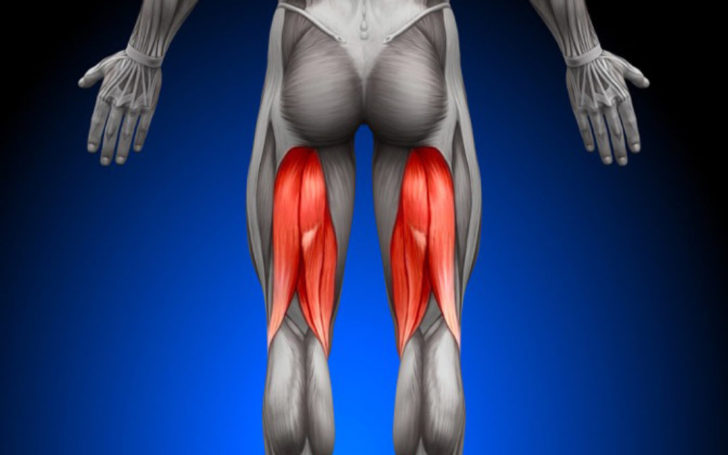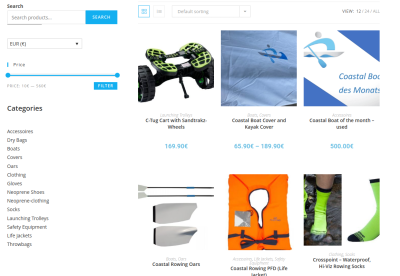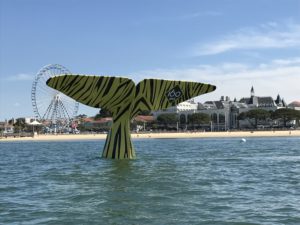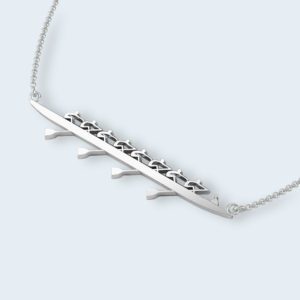Last week we talked about problems concerning the knees of rowers. One of the main issues with knee problems are differences in the length of our legs. But what does that mean exactly?
All of us operate with a degree of dysfunction which is accentuated as wear and tear, tissue ageing and prolonged movement patterns become embedded. This makes us human but it also makes us susceptible to injury and potential performance loss.
Leg length differences are more common than you would think
One ‘dysfunction’ we are almost all born with, or will acquire, affects rowers in particular due to the nature of the movements required for the sport: leg length difference. Nearly all of us have one leg longer than the other, and this difference varies from almost indiscernible to 10mm and 20mm (1/3 to 2/3 inch) within the normal population.
An area we have researched and test thoroughly is the effect of variable leg length on the function of the body during the rowing stroke. How does this factor affect performance? Can it contribute to injuries? What should be done about it? Significantly, absolutely, keep reading, being the respective answers.
What are the problems that come with it?
The legs of a rower operate as the ‘struts’ between the platform created by the feet, and the lower torso into which most stress is directed during the stroke. The stability of this overall foot/leg platform will primarily depend on the position of the feet and the nature of the struts themselves.
Like a building built on uneven foundations, reduced performance and structural issues (injuries) are the likely outcomes for an athlete who has not addressed the position and make-up of their lower limbs. Some of the outcomes we have seen from uneven leg lengths include: increased stress on the lower back (through forcing the back to twist against the uneven platform created by the legs), increased mechanical risk for rib stress fractures, sacro-iliac joint overload, even shoulder dysfunction and of course a reduction in force application. Pelvic asymmetry in particular has been proven to increase the risk of injury and decrease performance.
So, what does actually help?
Fortunately, most leg length differences seen in rowing, be they structural (one bone longer than another) or functional (caused by asymmetrical mechanics, often at the spine or pelvis) can be remedied with an appropriate shim (from our CustomPack) under the part of the foot influencing the effect the discrepancy has on the stroke. Assessed and treated properly, this will ensure the hips are symmetrical from the catch to the finish, providing a stable and strong platform against which the upper torso can brace without putting undue stress on the lower back, ribs, knees and ankles.
The BAT Logic team has been putting our research into practice to ensure leg length discrepancies can be assessed and appropriately remedied. For more information about how to best assess and treat this issue you can take a look at our FAQ section on leg length and injury including videos of assessment that you can use in the boathouse to start picking this up in your athletes.
Repost from BATLogic







